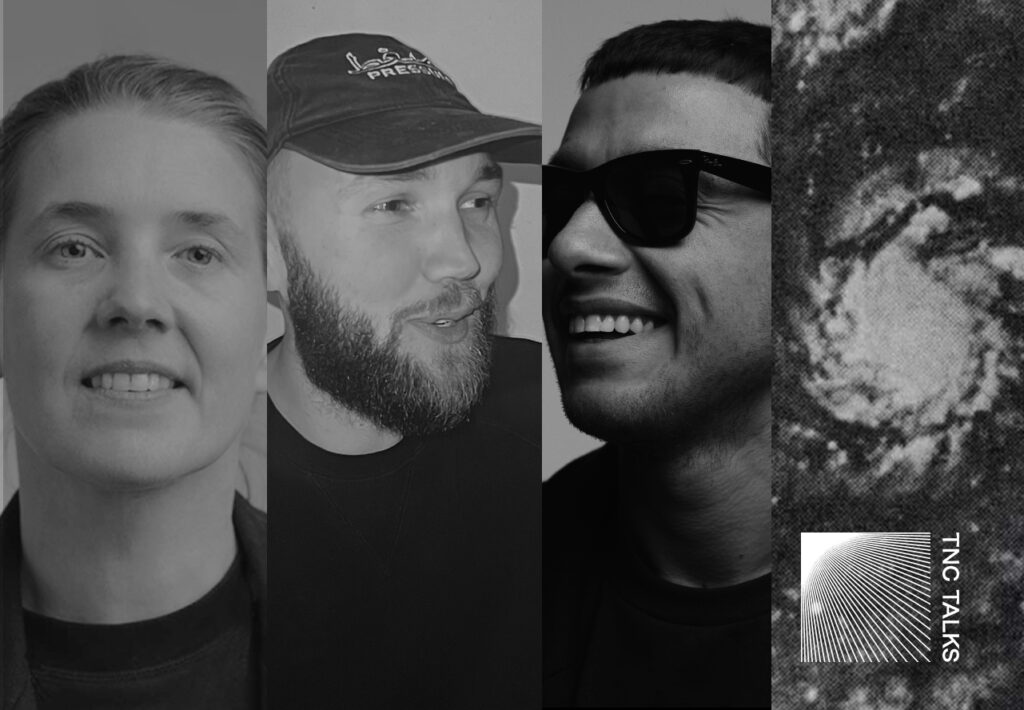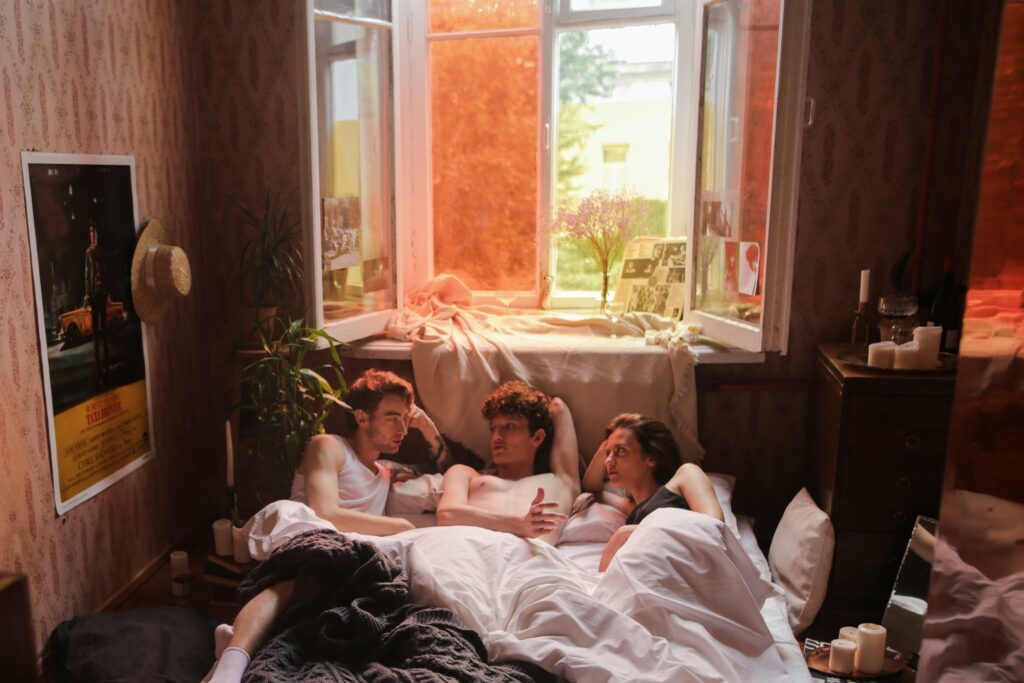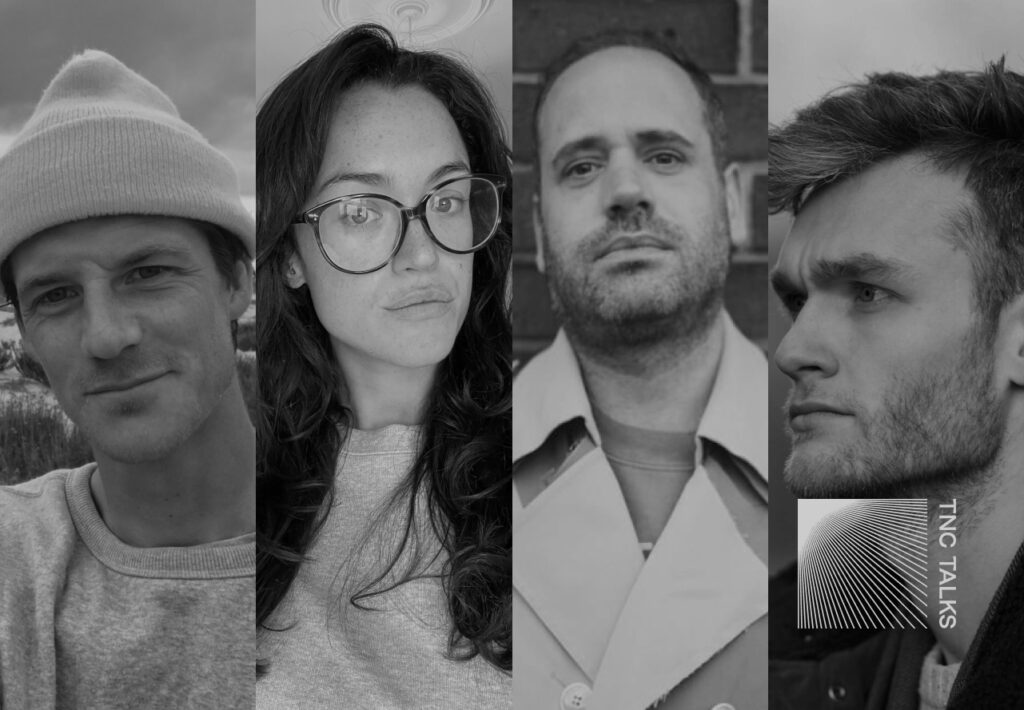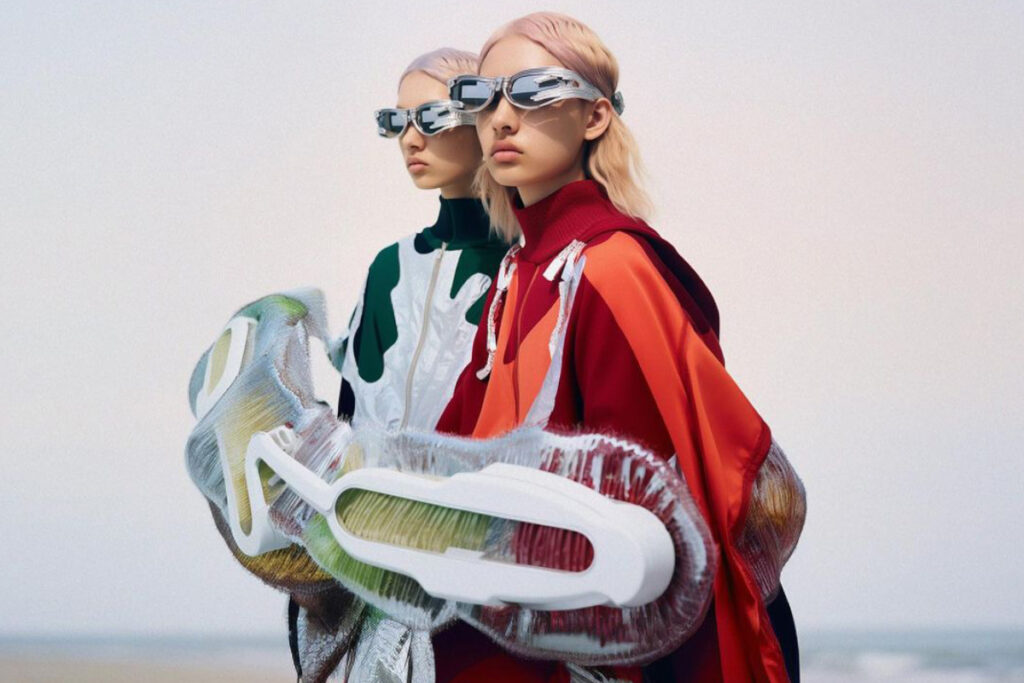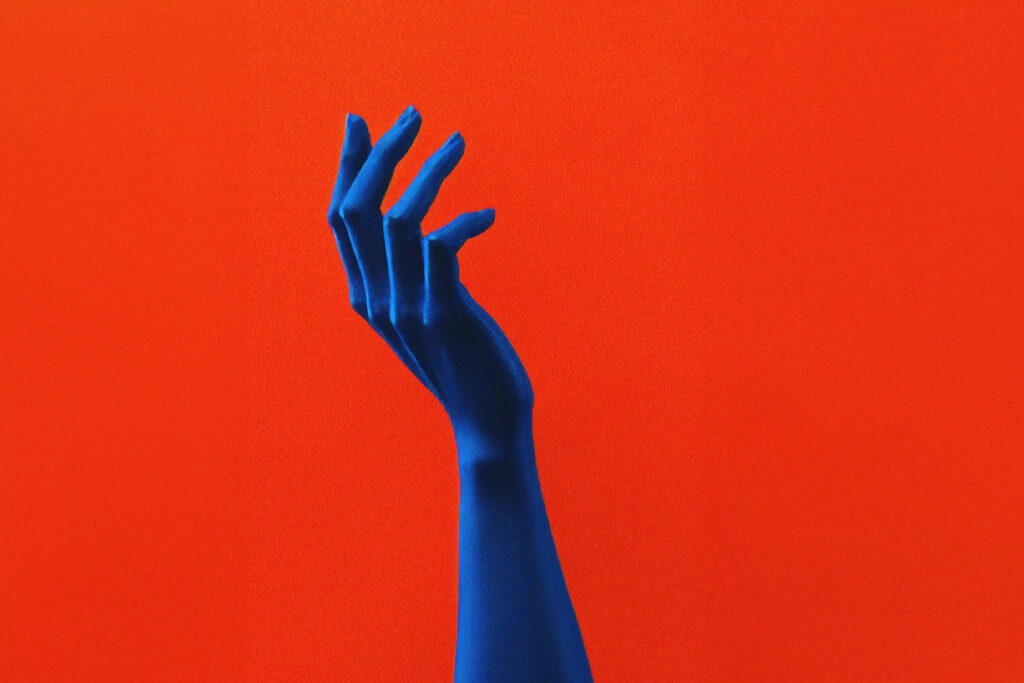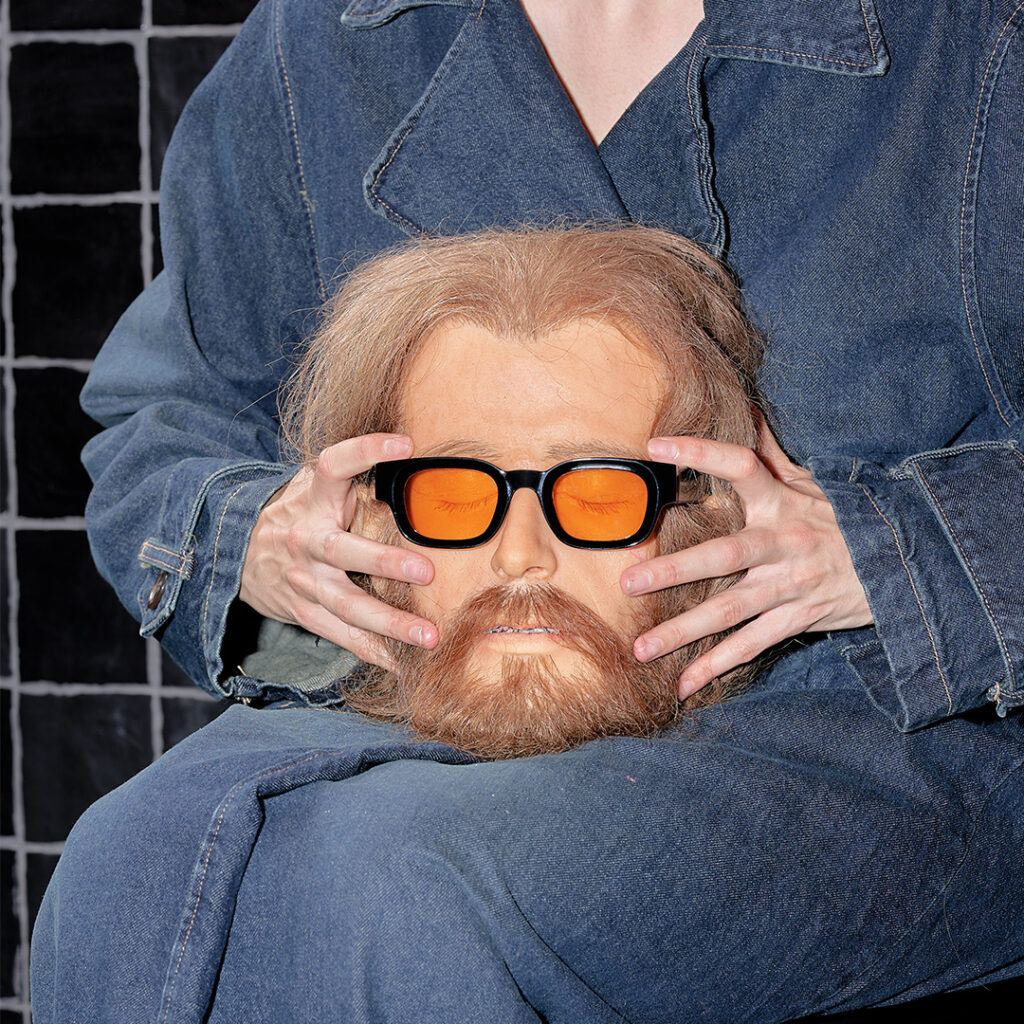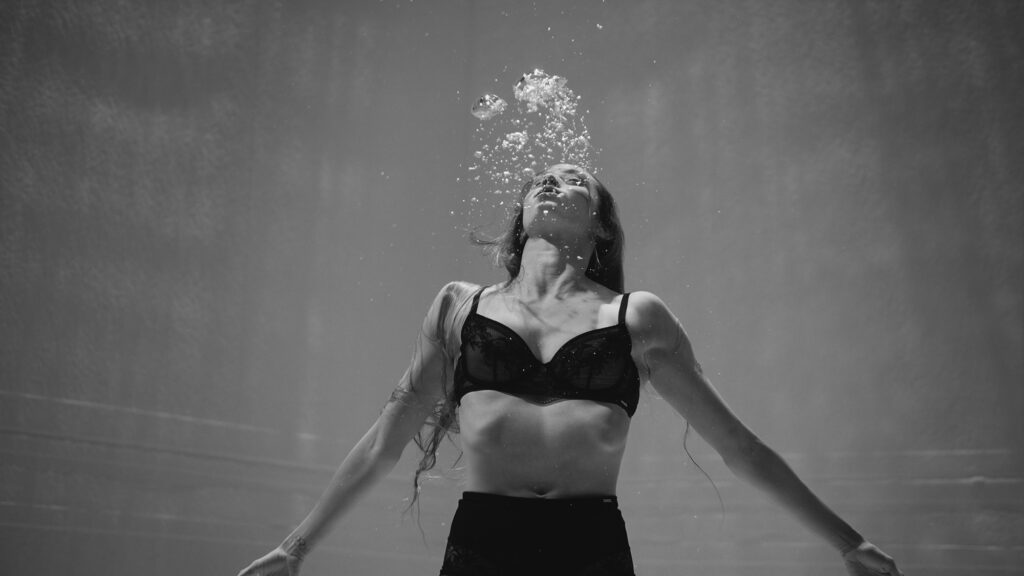Ladies and gentlemen, gather around as we celebrate the brilliant minds orchestrating the symphony of creativity: The Creative Directors!
Behind every captivating campaign, eye-catching design, and compelling brand story, there’s a creative director working diligently to bring their vision to life. They’re the maestros of the creative process, skillfully navigating the delicate balance between artistic expression and business strategy. Welcome to TNC Talks Vol.11: Masters of the Creative Craft, Creative Directors Edition.
So why is it that the role of a creative director often goes underappreciated, despite their immense influence on a project’s success? Perhaps it’s because their work is often hidden behind the scenes, seamlessly weaving together a tapestry of ideas and visions. Creative directors are the ones who breathe life into a concept, uniting a diverse team of creatives, and guiding them towards a singular, powerful vision.
And who better to delve into the world of creative direction than the talented individuals leading some of the most innovative projects in the industry today? Join us as we explore the minds of Felipe Santibañez, Albert Estruch, Maikel Botterman, and Hester Haars, and gain insight into their unique approaches to fostering innovation, navigating challenges, and making a lasting impact in the creative realm.
Albert Estruch
Creative Director at Querida & Partner at Mañana Inc.
When it comes to creativity, one of the most important things I have learned over the years is the value of delegation, even though it has been a challenging lesson to embrace. But as time goes by, one gets old and must trust new generations as I was trusted when I was starting out. I share this insight because it may seem like a small matter, but fostering a culture of exploration and risk-taking is crucial for creativity to thrive. I truly believe that giving people the freedom to try new things, even if they don’t succeed, is the key to unlocking their creative potential.
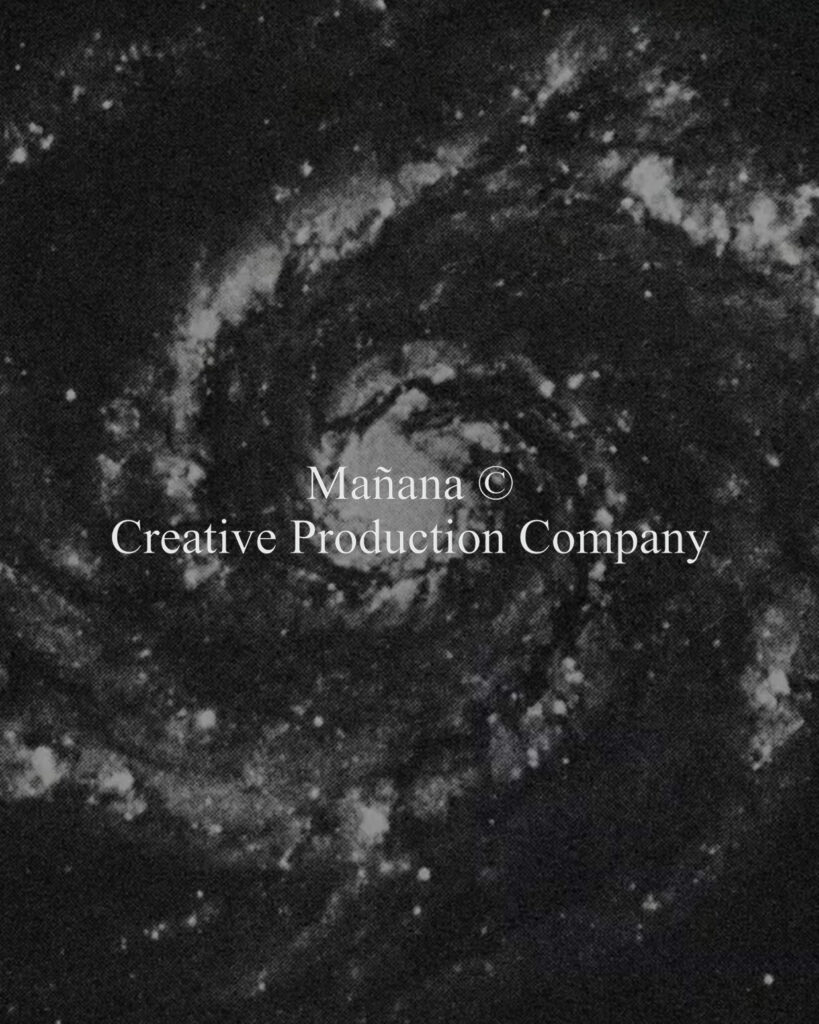
As far as handling rejections from clients goes… We don’t really receive many rejections because our clients usually come to us with a good understanding of our style and what we offer. But rejection is a common part of the creative process so we don’t take it personally when it happens. Instead, we stay positive, keep our heads up and learn from it. We use rejections as a learning experience and an opportunity to improve our work as sometimes a rejected idea can lead to an even better solution.
We often use the expression “you have to know how to lose a battle if you wanna win the war.” It’s essential to be open to feedback and look for areas where you can compromise without sacrificing your idea. In most cases, by clarifying your vision and providing alternatives you can pivot your proposal while maintaining the integrity of your work.
We don’t do strategy so the first thing we need to be provided with is a bold and confident brand voice. Once we have that, it’s all about keeping in mind that while the overall message and visuals should be consistent across all channels, we also need to create content that’s specific to each platform. It’s all about understanding who we’re talking to and making sure they have a great experience wherever they interact with our campaign.
Finding the right balance between creativity and practicality can be really challenging, especially when you’re dealing with budget or technical limitations. As someone with a background in graphic design, I’m always tempted to go all out with creativity, but I’ve learned it’s better to involve the whole team from the beginning, including those responsible for the budget and technical implementation. That way, we can find a way to balance everyone’s needs and ideas while still staying true to the project’s goals. In this sense, one piece of advice I would give is not to get too attached to any one idea until you’ve evaluated its feasibility!
Honestly, at the end of the day, a creative director is simply someone with intuition, curiosity and good taste.
But what exactly is “good taste”? Well, it’s a pretty complex and subjective concept. Some people just have a natural knack for appreciating certain types of art, design or fashion, while others can develop their taste over time by being exposed to different cultural influences.
Take Rick Rubin, for example. He’s a total legend in the music industry who has produced albums for artists like Kanye West, Johnny Cash, Jay-Z, Metallica or Adele, among others. The crazy thing is Rubin doesn’t have any formal training in music theory or composition. Instead, he relies on his gut instincts and takes an experimental, intuitive approach to music production. And yet, he’s been wildly successful in shaping the sound of popular music over the past few decades. This just goes to show that it’s essential to understand that technical knowledge or expertise alone does not guarantee success and that, as in any other creative field, creative directors need to be intuitive and open to experimentation. In my opinion, Rick Rubin would make an ideal creative director.
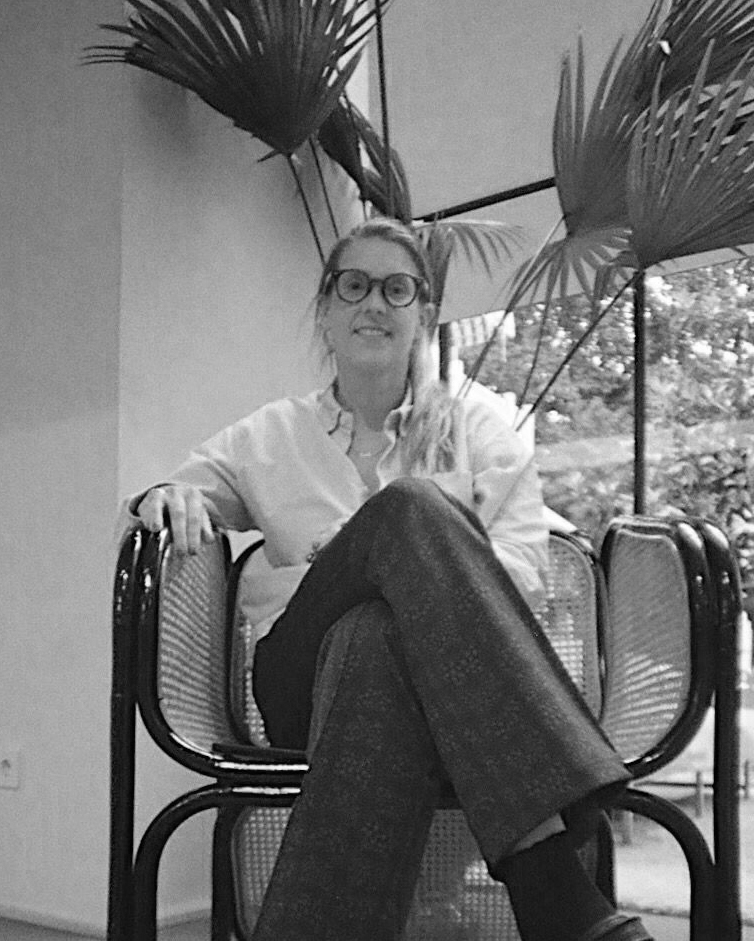
Hester Haars
Creative Director at We Are Social
To foster a culture of innovation and creativity within my team I organise biweekly creative meetings unrelated to our day-to-day work. My aim is to inspire and explore different creative avenues beyond our usual day-to-day.
Most recently, we collaborated on designing a contemporary household environment with Artificial Intelligence tools, for one of our biggest clients, Miele. As we are incorporating artificial intelligence more and more, to create our sketches (personally I’ve been a fan of AI for many years). Everyone participates, our creatives are trained to be more hybrid, so they take on writing and designing tasks for these meetings.
In addition, we have a great program, “WAS Passport”, which enables our team members to work remotely from any of our offices for a limited time. This program is crucial in broadening our perspectives and providing a change of environment. Oh! And we offer a museum membership – which gives access to all the big museums in the Netherlands. Taking a moment to admire some Vermeer at the Rijksmuseum, which is conveniently located just a 3-minute walk from our office, is always a good idea.
On the subject of clients turning down proposals… I believe that rejections are often rooted in reasons beyond what is communicated. So I try to make an effort to ask probing questions to allow the client to speak more and express themselves, which ultimately leads to uncovering the real answer. I also try (read try- this is hard for me) to be somewhat less emotional and not make it about me and what I want to do.
With many different channels, such as social media platforms, print, and experiential, the message can become convoluted. On top of that, the stories are mostly not linear across the platforms. So, to avoid this; make it simple 😉 and repeat.
I keep going back to that one core idea to see if the different adaptions work. It’s on top of my “to do” list during execution times- which is a horrible list FYI. When an idea needs more than two lines ( or like 2 minutes ) to explain, I will suggest going back to the drawing table and making it into something easier.
I’ve always believed that having boundaries can actually enhance (commercial) creativity. Limitations provide a structured framework, which is especially helpful for those of us who aren’t artists. And honestly what the hell does one do with all the money in the world and no limitations; I would most definitely not spend on an ad; there are far more important things.
When I pursued my Masters in Art Direction, this was the title all of us were after, so, in my opinion, the title has always been popular. Back then, it was not as easy to get the title, as one needed to be given that title by for example an employer, rather than self-proclaim it. Nowadays, anyone can claim to be a Creative Director, and while many may rightfully hold the title, some may not.
It’s important to remember that directing involves managing multiple factors, such as people, designs, and products. Therefore, if it’s a one-person job, it might be better to take out the “directing” part from the title. Just as good (or better).
Felipe Santibañez
Creative Director at The Next Cartel
How to foster a culture of innovation and creativity within your team… First, involve them in the creative process of the project from the beginning, participating in brainstorming, discussions, etc. I don’t like to see my team only executing what they are responsible for, I like them to be independent and to have as much as I do, a global vision of the project.
Second, giving them room to make mistakes. It sounds crazy, but I believe that when people feel they have the openness to give their opinion, try and even make mistakes, they feel more involved with the project and consequently are generating more thoughts. From that place come good ideas, bad ideas, attempts at solutions, and new perspectives.

For me, leadership is the art of giving people a platform for spreading ideas that may work, or not. Once I heard a super interesting phrase that translates my way of thinking: “If things are not failing, you are not innovating enough.
When a client rejects a creative proposal I try to put the emotion aside and not suffer when it happens, it is extremely important to understand that sometimes the client shares another perspective, is afraid to dare and steps out of the line that normally has been tracing, and does not mean that the creative proposal is bad. What I do is try to show all the whys of my proposal, and without a doubt have the flexibility to adjust it in a way that the client is confident, but without losing the essence of the proposal.
People think that creative direction is to have a good idea, put together a team and that’s it. But the truth is that it goes much further than that. Creative direction is a bridge between creativity and business vision. And in between you need to understand the market, have an analytical view of the available tools and how the consumer is acting, know how to deal with clients, know how to sell your idea, know how to manage and motivate your team, understand each step of the process of creating a campaign, follow this process, communicating with everyone and aligning the team towards one single vision – an excellent result.
Creative direction is a bridge between creativity and business vision.
I think people want to put themselves in that Creative Director position for the prestige that comes with it, but for me, my job is to set the stage, not to perform on it. The Creative Director is the one who conducts the orchestra. A leader is best when people barely know he exists. When his work is done, and his aim fulfilled, they will say ‘we did it ourselves’.
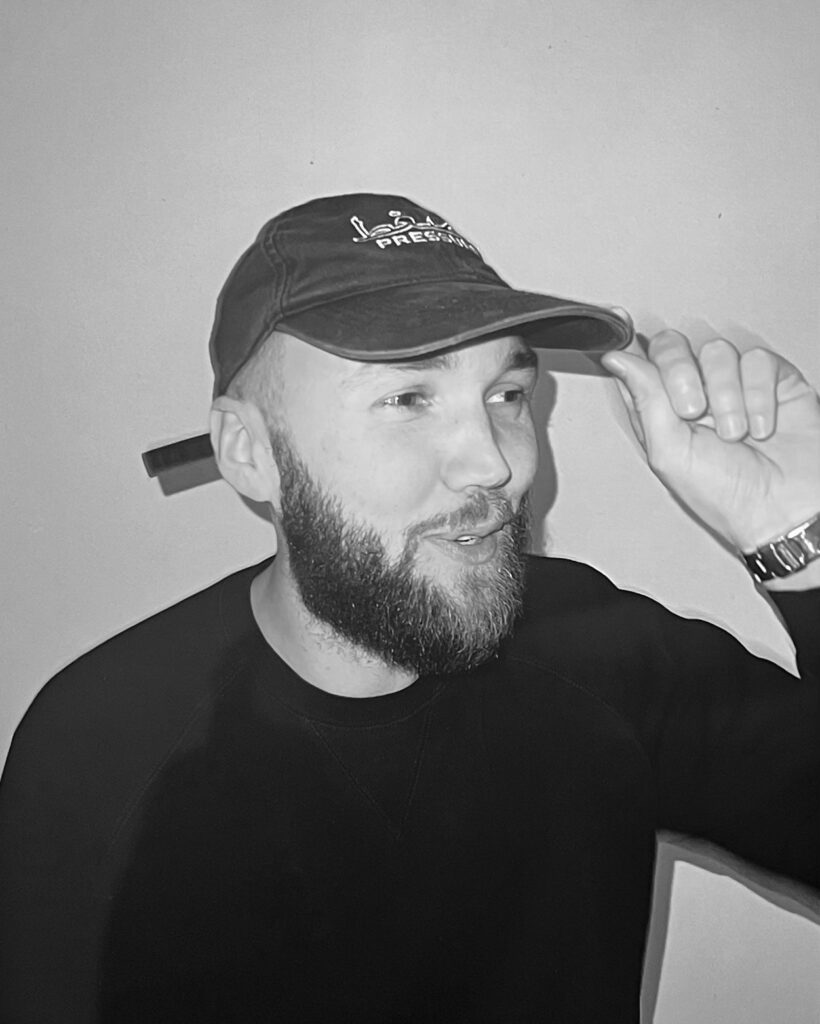
Maikel Botterman
Creative Director at ON A DAILY BASIS
A big question we ask ourselves at ON A DAILY BASIS is “are we still having fun?”. The aspect of play, fooling around, creating nonsensical work, really helps stimulate our creativity. I really believe in this balance of taking yourself and your work very seriously, yet at the same time not taking it too seriously at all.
We always try to work together with clients from a perspective of collaboration, bouncing ideas back and forth till we get to a concept that we want to develop. In this process, you can get a great feel of where the boundaries are of how far you can push your creativity.
Of course, there are moments when you throw all caution to the wind and try something completely unexpected. This can either end up hitting the jackpot and the client loves it, or, they can like it but find it a bit too risky. In this case, you have to do a tricky cord dance of not watering down too much of the concept so it doesn’t lose its soul. In this process, we usually come together with the client and talk about what their fears are and how we can address them through small design changes. In the worst-case scenario of this tricky cord dance failing, we have a thing we like to call “The Golden Trashcan”; a great collection of ideas, concepts or designs that will sadly never see the light of day but will continue to inspire us for future projects.
All work that we make is based on a foundation of strategy, which bottles down to the core essence of a story you’re trying to tell. Once you have that story, it’s all about looking at what audience you’re trying to tell it to, where you can find them and what the best way of storytelling for those channels is. From one social media platform to the other, the way of getting a story across can be completely different. What matters is that you change the way you tell the story, its format only, not the story itself.
Anybody can dream up the most lavish ideas and visions for a project, but figuring out the practicalities of bringing those ideas to life is what creativity is all about.
Personally, I always enjoy this challenge, but the constraint I struggle with the most is time. We’ve all been there, where a client wants you to come up with the next big thing but they want it done yesterday. The challenge can be fun, but I always notice that when you have the time to work in a couple of separate stints to let the work rest and marinate a bit in between, greater ideas pop up from your subconscious. So I always try to find the room to let that marination happen for me and my team.
I don’t think there is anything wrong with a lot of people being a Creative Director, it just means there are a lot of people bringing their ideas to life. No matter if you work by yourself or you work in a big firm, everyone can have their own definition of what it means to be a Creative Director to them. For me personally, that means leading my team in an open and equal environment, yet being at the centre of protecting the vision and steering our creativity in the right direction. I’m a real people person, so the true joy of being a Creative Director for me is working together with talented people, making sure they feel free to create and innovate, and together working towards the goals we set out to reach with our work.
